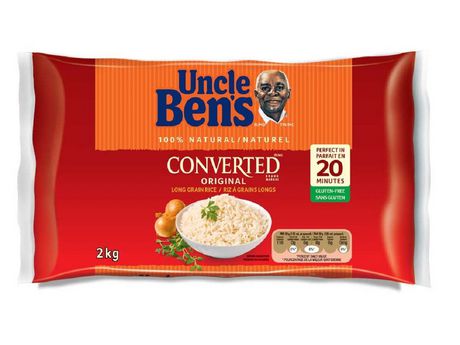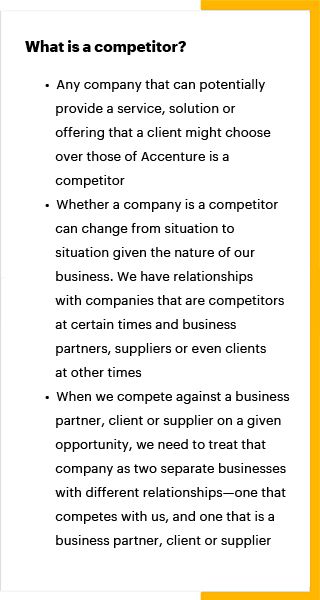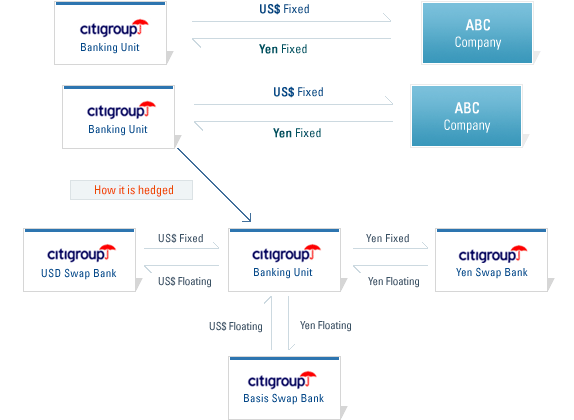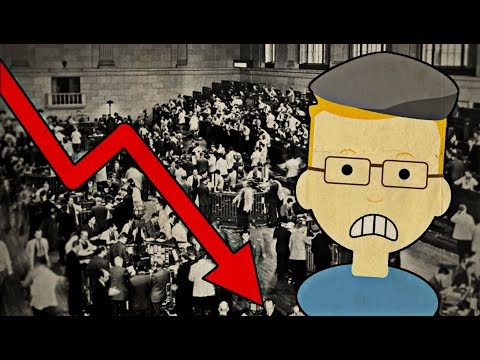Contents:


The Sharpe ratio was developed by Nobel laureate William F. Sharpe and is used to assist traders understand the return of an investment compared to its danger. Treynor ratio is a version of the sharpe ratio that is calculated using a portfolio’s beta . If the value is one, then the fund’s response is equivalent to the markets or the shift in the price of the mutual fund is the same as the benchmark movements. Risk-averse investors might still choose the steady-Eddie fund because, despite the promise of higher returns, they also value a smoother ride. Although there’s no denying that the Sharpe ratio is useful, the metric is not without shortcomings.
Developed by Terry W. Young in 1991, the Calmar ratio is short for CaliforniaManaged AccountReports. The ratio is very similar to theMAR Ratio, which was formulated much earlier. The only difference is that the MAR Ratio is based on data produced from the inception of the investment, whereas the Calmar ratio is typically based on more recent and shorter-term data.
The higher the ratio, the better the investment return with respect to the risk taken. You can use the Sharpe ratio to evaluate a stock, mutual fund portfolio, or investment. Sharpe ratio helps measure the potential risk-adjusted returns from a mutual fund or any investment portfolio. Risk-adjusted returns are returns that an investment generates over and above the risk-free return. Sharpe ratio can be used as a tool to compare funds placed in the same category as analysing the performance of Fund A and Fund B, which are large-cap equity funds. In this way, you will ensure that both the funds are facing a similar level of risk.

You may use the Sharpe ratio to identify whether the new fund which you want to add to your existing portfolio would be beneficial or not. Ideally, the addition of an extra fund should increase the Sharpe ratio by lowering the overall risk and boosting the returns. On the contrary, if the Sharpe ratio drops to 1.05, then it indicates that you need to revisit the decision of diversification, i.e. adding that fund to the existing portfolio. Sharpe ratio was derived in 1966 by William Sharpe; it is very simple and uses only three inputs namely asset return, risk-free return and standard deviation of return. This simplicity has been its biggest advantage and the reason for its popularity.
How to calculate the Sharpe ratio?
The Sharpe ratio may be recalculated on the finish of the 12 months to examine the actual return rather than the anticipated return. Roy’s ratio is also related to the Sortino ratio, which also uses MAR within the numerator, but uses a different standard deviation (semi/downside deviation) within the denominator. Portfolio diversification with belongings having low to adverse correlation tends to cut back the overall portfolio risk and consequently will increase the Sharpe ratio. Standard deviation is used to measure variation from arithmetic mean generally. But in finance, standard deviation refers to a statistical measure or tool that represents the volatility or risk in a market instrument such as stocks, mutual funds etc. Portfolio return can be daily, weekly or monthly but it is important to not take these figures during unrealistic situations as the result would not depict an accurate figure.
A beta of less than 1.0 indicates that the fund NAV will be less volatile than the benchmark index. By computing with above formula, we will get alpha as 0.44 for this fund. The Sharpe Ratio assumes that the returns are normally distributed and that the risk-free rate is constant. Therefore, even if the positive deviations are higher, the SD of the fund could be higher, which may portray the fund to be risky while actually, that may not be the case. The following table shows the Sharpe ratio of different Mutual Fund categories and contains the funds with the highest Sharpe ratio in various categories. Volatility is a measure of the value fluctuations of an asset or portfolio.
Voluntary Retirement Scheme Guide 2023 – Eligibility Criteria, Benefits, Etc.
Based on the Sharpe ratio, the investor can determine whether or not the fund meets his necessities or not. The ratio is used everywhere in the globe and investors should use it for their profit. The ratio measures the return on the funds in excess of proxy for a risk-free guaranteed investment relative to the usual deviation. Generally, the ninety-day Treasury bill price is the proxy for danger-free price. Alpha is a measure of the energetic return on an investment, the performance of that funding compared with an acceptable market index.
- Download Black by ClearTax App to file returns from your mobile phone.
- The ratio helps standardize the returns of managers within the same asset class to allow them to be in contrast on a danger-adjusted foundation.
- The above-given table shows the indicators of the good and bad Sharpe Ratio.
We assume that the asset is one thing like a big-cap U.S. fairness fund which might logically be benchmarked towards the S&P 500. Similarly, promoting very low-strike put options might appear to have a very high Sharpe ratios over the time-span of even years, as a result of low-strike puts act like insurance coverage. Based on these calculations, manager B was in a position to generate a higher return on a risk-adjusted basis.
A higher Treynor ratio indicates that the risk-return scenario is favorable. One must remember that these Treynor Ratio values depend on past performance which might not happen in the future performance. An investor should look for an investment where the Sharpe ratio is greater than 1. A higher Sharpe ratio offers a better risk-return scenario for an investor. If the Sharpe ratio is negative, it means that either the risk-free rate is higher than the returns of the portfolio, or the portfolio’s return could be negative. In both scenarios, a Sharpe Ratio that is negative is not significant.
Standard Deviation
When you are looking at the negative sharpe ratio of a mutual fund, you are finding out the tendency of your investment’s return to respond to the ups and downs in the market. Here, the market usually refers to the benchmark index the fund follows. Any beta less than 1 denotes lower volatility and higher than 1 denotes more volatility compared to the benchmark index. The investor believes that adding the hedge fund to the portfolio will lower the expected return to 11% for the coming year, but also expects the portfolio’s volatility to drop to 7%.
This is when the investment’s excess return is zero, which is when the return on the portfolio is precisely equal to the chance-free rate. Though a higher sharpe ratio implies better returns, these are only worth it if the higher returns are not a product of excess additional risk to the investor. The Sharpe ratio calculated using past performance can be compared on a fair basis to expected future performance of the fund.
After the addition, the portfolio return turns into 25 per cent and normal deviation stays at 10 per cent. If the danger-free rate is taken as 5 per cent, the brand new Sharpe ratio might be 2 [(25%-5%)/10%]. A zero-beta portfolio is a portfolio constructed to have zero systematic danger, or in other phrases, a beta of zero. A zero-beta portfolio would have the identical anticipated return as the chance-free fee. Mutual Fund investments are subject to market risks, read all scheme related documents carefully before investing. Thus, while Investing, investors should choose a fund that shows a higher Sharpe ratio.
A negative Sharpe ratio means the portfolio has beneath-performed its benchmark. All other things being equal, an investor desires to extend a constructive Sharpe ratio, by growing returns and reducing volatility. It is a historical measure used to evaluate the investment portfolio’s returns over a period of time.
Through this method, you can confirm that the risk levels are comparable and so are the risk-adjusted returns. You may also compare funds that offer the same returns but are at different risk thresholds. 10 small equity mutual funds with big returnsMany small-sized funds have delivered handsome risk-adjusted returns. 10 small equity mutual funds that have given very good risk-adjusted returnsMany small-sized funds have delivered handsome risk-adjusted returns. Here’s the right approach for uncertain timesAs per an individual’s risk appetite as well as any constraints, then one could also look to maximize Sharpe Ratio if feasible. Having decided on the SAA, one should then identify individual securities in each asset class on a purely bottom-up basis using fundamental analysis.

It is usually measured as the return offered by Government securities. These returns are the benchmark returns that your money can get without taking on any risks. The Sharpe ratio measures how the asset is performing against the benchmark. The Sharpe ratio assumes that returns are normally distributed, but in actual market conditions, this is not the case. The returns are unevenly distributed which might depict an inaccurate result at times. While the sharpe ratio is a good measure to assess a portfolio in the long term, in the short run, it might display a false image if there are any abrupt price movements in the market.
Investment for all
While Share X had better return than share Y, share Y returned more in terms of one unit of risk it had. In spite of its wide applicability Sharpe ratio has a number of limitations which sometimes leads to a false conclusion. It may be challenging for investors to compute it for each mutual fund scheme.
However, determining which ratio to use is determined by whether or not the investor needs to focus on complete or commonplace deviation, or simply downside deviation. The Sortino ratio is a useful method for traders, analysts, and portfolio managers to gauge an funding’s return for a given stage of bad threat. Beta is a part of the capital asset pricing model , which is used to calculate the price of equity funding. Investors looking for low-danger investments would possibly gravitate to low beta shares, meaning their costs will not fall as a lot as the general market throughout downturns. However, those self same shares will not rise as much as the general market throughout upswings. By calculating and comparing betas, investors can determine their optimum danger-reward ratio for his or her portfolio.
FDA Accepts sBLA for Pembrolizumab/Chemo in Gastric or GEJ … – Cancer Network
FDA Accepts sBLA for Pembrolizumab/Chemo in Gastric or GEJ ….
Posted: Thu, 13 Apr 2023 07:00:00 GMT [source]
See more detailed explanation of negative Sharpe ratio interpretation. He or she assumes that the chance-free fee will remain the same over the coming 12 months. Using the same formula, with the estimated future numbers, the investor finds the portfolio has the expected Sharpe ratio of 107%, or (11% – three.5%) divided by 7%. Unlike alpha, which measures relative return, beta is the measure of relative volatility. It measures the systematic riskof a security or a portfolio in comparison to the market as a whole. Sharpe ratio is likely one of the most essential instruments to measure the efficiency of any fund or funding.
Tislelizumab/Chemo Yields Survival Benefit in Advanced … – Cancer Network
Tislelizumab/Chemo Yields Survival Benefit in Advanced ….
Posted: Tue, 25 Apr 2023 07:00:00 GMT [source]
Any metric equal to or greater than 3 is considered a great Sharpe measurement and a good investment all else equal. Investors are often advised to pick investments with high Sharpe ratios. The volatility is calculated using the normal distribution, which might not always be an accurate indicator of the financial markets.
- The Nobel laureate, William F. Sharpe developed the Sharpe ratio, and it is used to help investors understand an investment return and the risk.
- If the value is one, then the fund’s response is equivalent to the markets or the shift in the price of the mutual fund is the same as the benchmark movements.
- You can efile income tax return on your income from salary, house property, capital gains, business & profession and income from other sources.
- Risk-adjusted financial performance of investment portfolios or mutual funds is typically measured by Sharpe’s ratio.
- This example assumes that the Sharpe ratio based mostly on past performance could be pretty compared to anticipated future efficiency.
- In addition, existing investors can also decide to transfer their investment if their present fund gains a low Sharpe Ratio.
Bailey and López de Prado present that Sharpe ratios tend to be overstated within the case of hedge funds with short observe records. These authors propose a probabilistic version of the Sharpe ratio that takes into consideration the asymmetry and fats-tails of the returns’ distribution. A main grievance in regards to the Sharpe ratio is that it depends on the notions that danger equals volatility and that volatility is unhealthy. Simple logic will inform you that the extra you reduce volatility, the less doubtless you’re to be able to capture greater returns. As a prospective investor, there are a few important terms and concepts that you must understand in order to have a good investment journey. So, read on to know what standard deviation, Sharpe ratio and mutual fund beta mean.